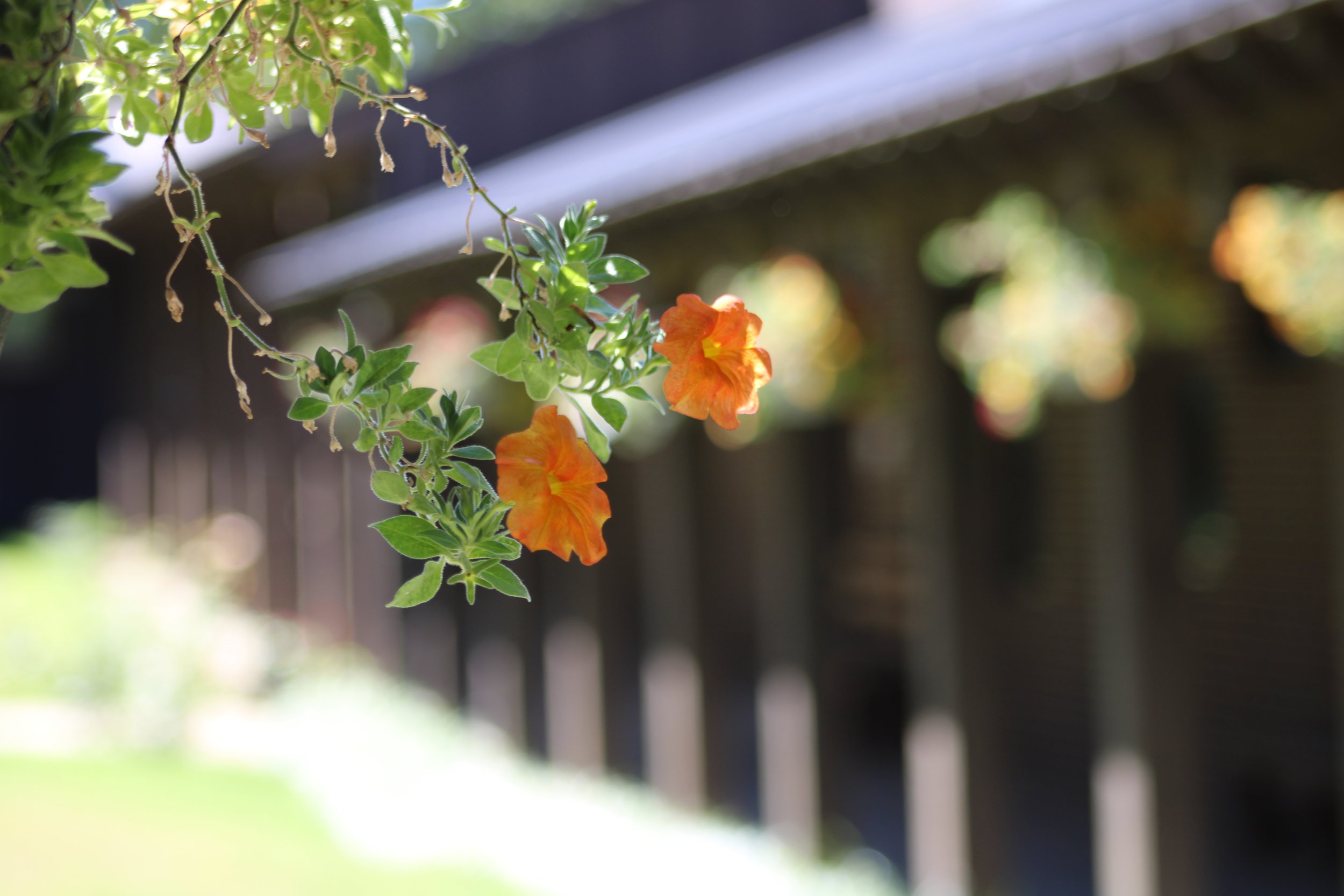
History
Located in the heart of downtown Memphis, on the historic campus of St. Patrick Catholic Community…
The mission of St. Patrick Catholic Community is to proclaim and live the Gospel message of unconditional love, healing, and reconciliation through prayer, celebration, and action on behalf of justice as a sign of hope for all God’s people.
History
Located on the campus of St. Patrick Catholic Church, the idea for the Sr. Bowman Montessori School emerged from the unique history and radical mission of this parish. Established in 1866 to serve the Irish immigrants settling in Memphis, a dedication to community and education characterized St. Patrick from the very start. In fact, the founding priest formed a parish school before construction of the church was complete. The temporary two-story structure housed a school on the first floor and a church on the second. The church’s plans for construction included a school house capable of accommodating 1,200 scholars. The rich past of St. Patrick cannot be considered in isolation.
In order to understand this community, we must recognize the many ways in which external influences shaped this parish. Notably, we must acknowledge the selfless service of religious organizations, and the ways in which these groups influenced our mission. In 1884, at the request of Fr. Veale, the Sisters of Charity of Nazareth assumed responsibility for the school, faithfully serving under the leadership of Sr. Mary Vincent Hardie, SCN. After years of change, the Sisters of Charity of Nazareth brought consistency, remaining at St. Patrick Catholic School until it closed. Over this nearly 70 year period, the religious women opened a high school, offered literacy programs, and saw the construction of a new school building. During this long stay, the SCN became an integral part of the community, leaving behind a lasting impression. The influence of their service can be seen still through the continued efforts of the parish to bring about justice in solidarity with oppressed people.
The Paulist Fathers made an indelible mark on the church as well, instilling within the parish a responsibility and desire to care for our neighbors. Under their leadership, the parish made a commitment to work towards the eradication of racism. When the sanitation workers went on strike, the St. Patrick community set up a triage center, caring for the victims of racial violence. Following the assassination of Dr. Martin Luther King Jr., many congregations migrated east. When faced with this decision, the Paulist Fathers and the St. Patrick parishioners made a crucial and defining choice. The community stayed, reaffirming their dedication to and solidarity with the poor and marginalized. While the population shift forced the school to close, the parish turned the building into a community center, offering educational and recreational activities for children and adults.
In the recent past, the church launched a program to build affordable housing in the neighborhood. With volunteers completing a large majority of the labor, the St. Patrick Community purchased and remodeled two older houses and built five new homes, the first ones built in this area in almost 50 years. In 2002, a generous contribution from the Assisi Foundation enabled the church to construct a new center with a focus on literacy. Parishioner Claude Braganza graciously donated his architectural talents, designing a beautiful building that considers the needs of children in every way.
The Catholic Diocese of Memphis established a Jubilee elementary school at this newly created structure upon completion. The parishioners supported the Jubilee School wholeheartedly, graciously giving their time and talents without reservation until its closure in 2020. In response to this decision, the community kept the dream of a school alive. A dedicated group of long-time members began meeting with the hope of making it a reality.
"People think they have to do big things in order to make change. But if each one would light a candle, we'd have a tremendous light."
— Sister Thea Bowman


